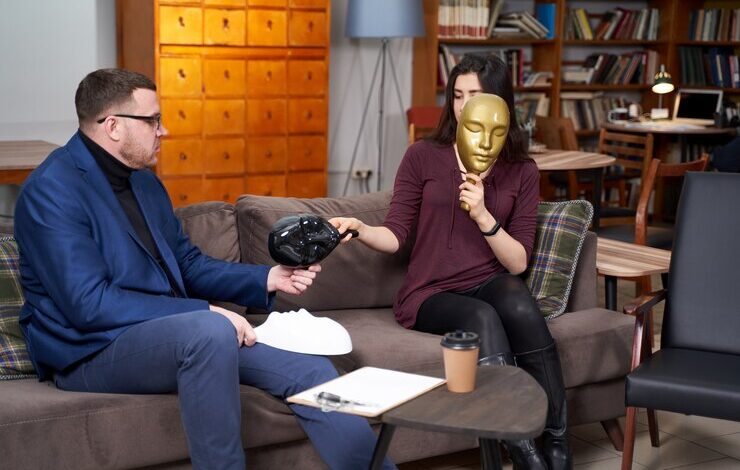The Influence of Print Media on Ayesha-Faruqi’s Relationship Dynamics

In today’s digital age, media continues to play an influential role in shaping public perceptions and narratives, especially when it comes to personal relationships. One particularly intriguing case is the relationship between Ayesha and Faruqi, which has become a focal point for print media commentary. This blog post aims to explore the nuances of how print media comments have influenced the physical relationship between Ayesha and Faruqi, offering insights and analysis on this topic.
Introduction to the Ayesha-Faruqi Relationship
Ayesha and Faruqi are notable figures in their respective fields, each bringing a wealth of expertise and experience to the table. Ayesha, a renowned journalist, has been a significant voice in media for years, while Faruqi, known for his business acumen, has made substantial contributions to the corporate world. Their relationship, both personal and professional, has garnered considerable attention from print media, making it a topic of widespread discussion.
The significance of their relationship lies not just in their individual accomplishments, but in how their union represents a merging of two influential worlds. Print media has capitalized on this, creating narratives that explore various facets of their relationship, including their physical interactions. This blog post will analyze how these media comments impact public perception and the couple’s dynamic.
The Power of Physical Relations in Print Media
Physical relationships have always been a subject of fascination in print media. From celebrity romances to political alliances, the physical aspect of relationships often takes center stage. Historically, print media has played a crucial role in documenting and sometimes sensationalizing these relationships, influencing how society views them.
In the case of Ayesha and Faruqi, their physical relationship has been scrutinized and commented upon by various print media outlets. This scrutiny is not new; it is part of a long tradition of media interest in the personal lives of public figures. However, what sets this case apart is the depth of analysis and the varying perspectives offered by different media sources, which we will explore in the following sections.
Analysis of Media Comments
Print media comments on Ayesha and Faruqi’s physical relationship have been both positive and negative, reflecting the complex nature of public opinion. On one hand, some media outlets have praised their relationship, highlighting the chemistry and mutual respect that seems to define their bond. Positive comments often focus on the couple’s ability to balance their professional and personal lives, portraying them as a modern power couple.
On the other hand, there are criticisms and negative comments that question the authenticity and motivations behind their relationship. Some articles suggest that their relationship is more about convenience and mutual benefit rather than genuine affection. These negative portrayals can have a significant impact on public perception, influencing how people view not only the couple but also their professional credibility.
The Role of Social Media in Shaping Perceptions
While print media lays the foundation for public narratives, social media amplifies these stories, adding layers of interpretation and opinion. In the context of Ayesha and Faruqi’s relationship, social media platforms like Twitter, Facebook, and Instagram have become arenas where print media comments are dissected and debated.
Social media has the power to shape perceptions significantly. Positive print media comments can be shared widely, creating a supportive narrative around the couple. Conversely, negative comments can go viral, leading to widespread criticism and scrutiny. The interplay between print and social media thus becomes a critical factor in understanding the full impact of media comments on Ayesha and Faruqi’s relationship.
Navigating the Future of Print Media and Personal Relations
As the landscape of media continues to evolve, so too does the relationship between print media and its subjects. For Ayesha and Faruqi, their experience serves as a case study for future considerations. The way print media comments on their relationship today may set precedents for how other public figures’ relationships are covered in the future.
One key insight is the need for more balanced and nuanced coverage. While sensationalism can attract readers, it often does a disservice to the subjects involved. Print media must strive to offer a fair portrayal, considering both the positive and negative aspects without leaning too heavily in either direction.
Another consideration is the role of the individuals themselves. Public figures like Ayesha and Faruqi can take proactive steps to manage their media portrayal, whether through public statements, interviews, or social media engagement. By taking control of their narrative, they can mitigate the impact of negative media comments and highlight the positive aspects of their relationship.
Conclusion
In summary, the relationship between Ayesha and Faruqi offers a fascinating lens through which to examine the dynamics of print media commentary on personal relationships. The power of print media to shape public perception is undeniable, but it is also important to recognize the evolving role of social media in amplifying these narratives.




